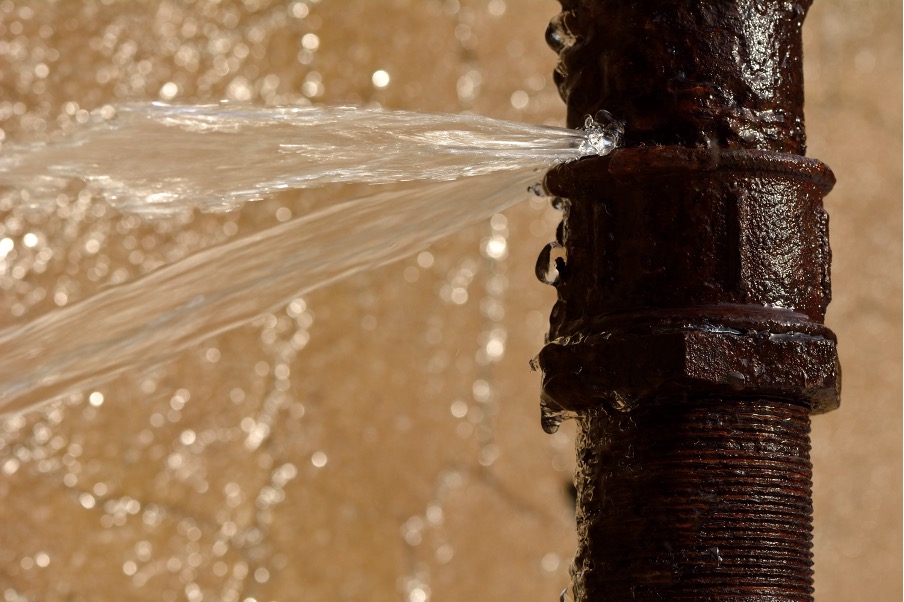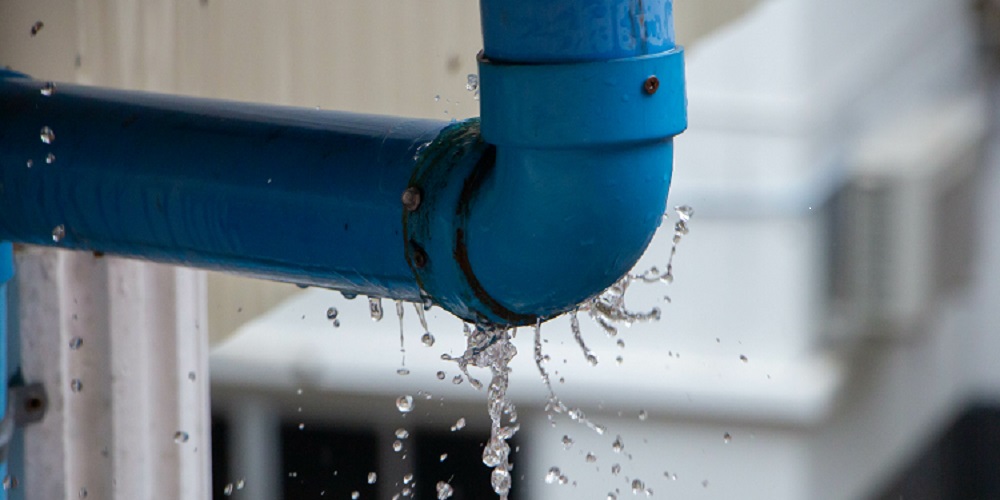6 Ways to Locate Concealed Water Leakages in Your Home
6 Ways to Locate Concealed Water Leakages in Your Home
Blog Article
Almost everyone is bound to have their private theory involving Finding hidden leaks.

Early detection of leaking water lines can reduce a potential disaster. In addition to conserving you cash, it will certainly decrease the worry and frustration. The minute you find a leak, calling your plumber for repair services is the very best remedy. Some small water leaks might not be visible. Here are some hacks that assist if you can not identify it with your naked eyes.
1. Check Out the Water Meter
Every home has a water meter. Checking it is a proven way that helps you find leakages. For starters, turn off all the water sources. Make sure no person will certainly purge, use the tap, shower, run the cleaning maker or dish washer. From there, go to the meter as well as watch if it will certainly change. Considering that no one is using it, there should be no movements. If it moves, that indicates a fast-moving leakage. If you spot no adjustments, wait a hr or two and also examine back once again. This suggests you may have a slow leakage that can also be below ground.
2. Check Water Consumption
Analyze your water expenses as well as track your water usage. As the one paying it, you must discover if there are any disparities. If you spot sudden changes, in spite of your usage being the same, it implies that you have leaks in your plumbing system. Remember, your water costs ought to drop under the same array monthly. An unexpected spike in your bill suggests a fast-moving leak.
Meanwhile, a constant increase on a monthly basis, even with the very same behaviors, reveals you have a sluggish leak that's also gradually rising. Call a plumber to extensively check your home, specifically if you feel a warm location on your flooring with piping below.
3. Do a Food Coloring Test
30% comes from bathrooms when it comes to water consumption. Examination to see if they are running correctly. Decline specks of food shade in the storage tank and wait 10 mins. There's a leak between the storage tank and dish if the shade somehow infiltrates your dish throughout that time without flushing.
4. Asses Exterior Lines
Don't forget to examine your outside water lines too. Needs to water permeate out of the connection, you have a loosened rubber gasket. One small leak can squander heaps of water as well as spike your water bill.
5. Check and Assess the Circumstance
Home owners should make it a behavior to check under the sink counters and also inside cupboards for any type of bad odor or mold development. These 2 warnings indicate a leak so prompt attention is needed. Doing regular inspections, also bi-annually, can conserve you from a significant problem.
Check for discolorations and deteriorating as a lot of home appliances and pipelines have a life span. If you believe leaking water lines in your plumbing system, don't wait for it to rise.
Early discovery of leaking water lines can minimize a potential disaster. Some small water leaks may not be visible. Checking it is a guaranteed means that assists you discover leaks. One tiny leak can squander lots of water as well as spike your water bill.
If you presume dripping water lines in your plumbing system, do not wait for it to rise.
How to Know If Your Home Has a Hidden Leak
Water Meter Reveals Inexplicable Water Usage
If you’d like to test whether or not there’s a leak somewhere in your home, you can do this using your water meter. Here is how to conduct the test:
Don’t use any water in your home for at least 30 minutes; this also means not turning on faucets or water-using appliances.
Go outside, and check your water meter for activity.
If your water meter shows that there was activity, even though no one was using any water, this proves that there is a leak in your home.Visible Mold or Mildew Growth
Leaks behind walls create moist, dark environments that allow mold and mildew to grow and thrive. Eventually, you might see mold growth forming on the wall closest to a hidden leak.
If mold is growing in an area that receives a high amount of moisture, such as a bathroom, it may simply be an indication that better ventilation is needed. However, if you see mold growth on a wall or the ceiling in an area where you would not expect, you probably have a hidden leak.
Musty, Mildew Odor
Sometimes you might not be able to see the mold or mildew that is growing as a result of a leak. However, the smell can give the problem away just as easily. If you catch a whiff of something musty, there’s a good chance that old water is collecting somewhere in your home that you can’t see.
Stained/Warped Walls, Ceilings, or Floors
When your home soaks up water, a variety of red flags can become visible, including ceiling stains, bubbling drywall, warped walls, and sagging floors. While these issues can be caused by excess humidity, they can also be signs that a pipe or plumbing connection has started leaking behind your walls.
Inexplicably High Water Bill
After a while, you get a general sense for what your water bill should be. If you own a pool or sprinkler system, your bill will tend to be higher during summer. However, if you receive a water bill that seems especially high, and you can’t figure out what caused it, then you may have a hidden leak somewhere that’s increasing your bill.
https://www.plumbingjoint.com/blog/2019/july/how-to-know-if-your-home-has-a-hidden-leak/

We were made aware of that article about Detecting hidden plumbing leaks through an associate on another domain. Sharing is nice. Helping others is fun. Thanks for your time. Come back soon.
Report this page